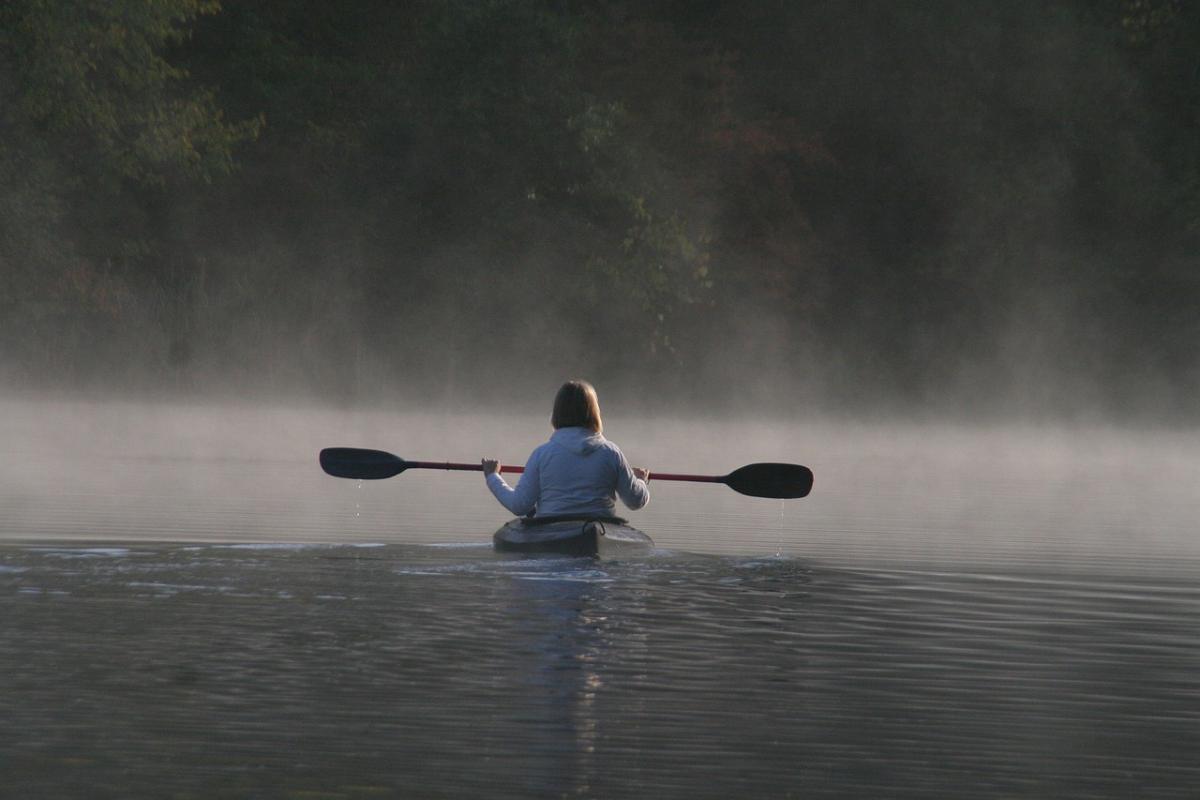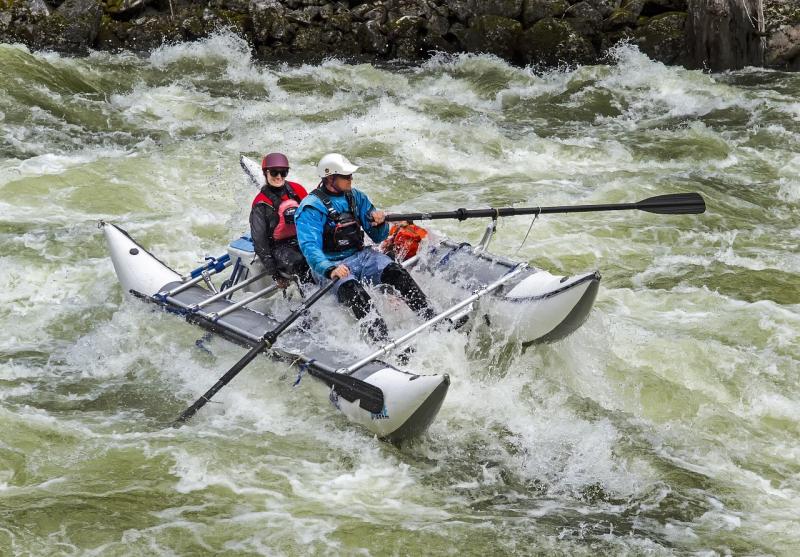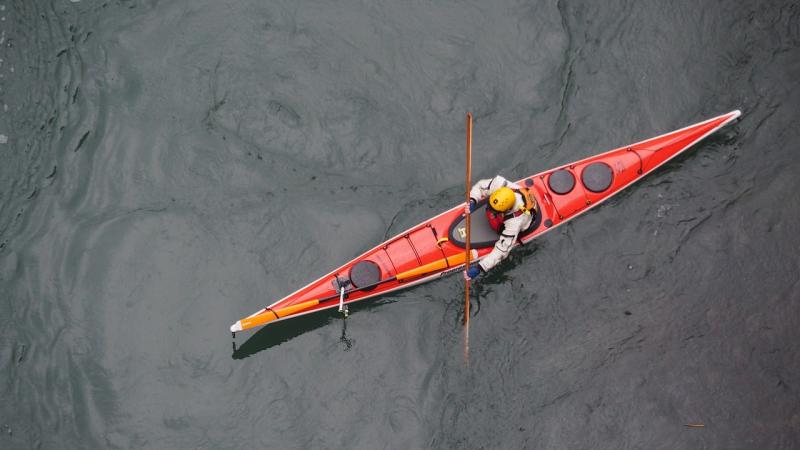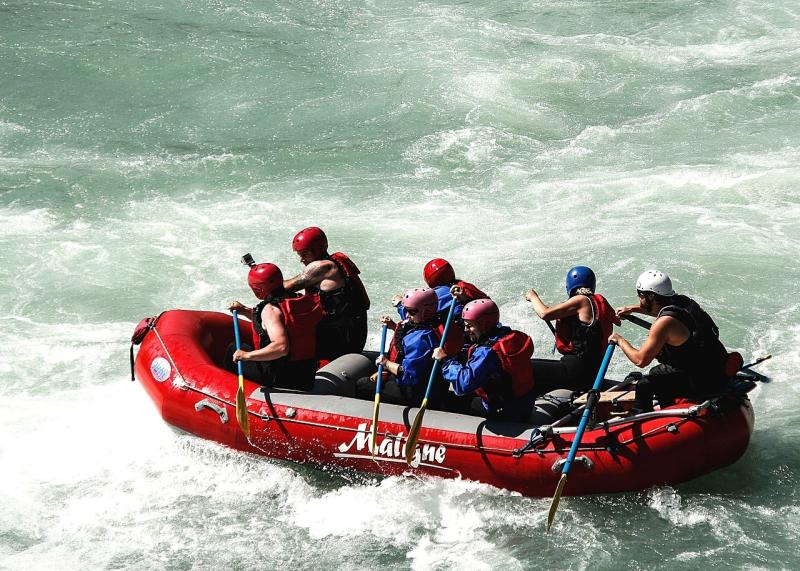Kayaks have been around for thousands of years, and their roots go deep into ancient cultures. The Inuit people are probably the most famous for using kayaks. They designed them for hunting and fishing in the chilly Arctic waters. These handcrafted kayaks were made from wood and animal skins, and they were lightweight and super maneuverable, which made them perfect for chasing seals or navigating icy waters.
In Greenland, kayaks played an important role not just for hunting, but also for transportation. The traditional Greenlandic kayaks, called "qajaq," were designed with a unique shape that allowed for smooth gliding on water. People made these kayaks to handle rough seas and take on long voyages. Imagine paddling across the vast ocean in a handmade kayak, relying on skill and those ancient designs!
Other cultures also embraced the kayak concept. The Aleut people of Alaska built their own versions, known as "baidarkas." These designs were different, often made with a strong frame covered in sea lion or seal skins. The Aleuts used them to hunt sea creatures and travel between islands. Each region had its own style, reflecting the needs and environments of the people using them.
As time went on, kayaks spread beyond the Arctic. In the South Pacific, people crafted outrigger canoes, which have similarities to traditional kayaks. While not the same, these offerings showed how important watercraft were for exploring and fishing across different cultures. The core idea remains – simple, effective design that helps people engage with their environment.
Evolution of Design and Materials
Kayaks have come a long way from their humble beginnings. Originally made from animal skins stretched over wood frames, these sleek watercraft were crafted by Indigenous peoples for hunting and fishing. Their design focused on speed and maneuverability. The materials were simple but effective, making them perfect for navigating waterways. Using what nature provided allowed early kayakers to blend perfectly with their environment.
As time went on, kayaks started to evolve. Advancements in technology introduced new materials like fiberglass and polyethylene. These materials made kayaks lighter and more durable. People began to realize that they could create all sorts of designs to suit different activities, from whitewater kayaking to long-distance touring. The options expanded, and before long, there was a kayak for just about every water adventure.
Fast forward to today, and kayaks are made from a mix of innovative materials like carbon fiber and advanced composites. These modern materials not only make kayaks incredibly lightweight but also incredibly strong. This means kayaks can handle rough waters better than ever before, giving adventurous souls the confidence to explore new horizons.
The designs have also undergone a transformation. You can now find features like adjustable seats, built-in storage, and even fishing rod holders. Whether you’re paddling along a serene lake or battling rapids, there's a kayak out there that fits your style. The evolution of kayaks reflects our love for adventure on the water, adapting to our changing needs while still holding onto that original spirit of exploration.
Modern Innovations in Kayaking
Kayaking has come a long way from its origins as a simple means of transportation for indigenous peoples. Today, modern innovations have taken the sport to new heights, making it more accessible and enjoyable for everyone. Whether you’re a seasoned pro or just getting started, there are exciting advancements that can enhance your experience on the water.
One of the biggest game-changers is the development of lightweight, durable materials. Modern kayaks now use materials like polyethylene and fiberglass, which make them easier to handle and transport. Forget about the heavy wood kayaks of the past! Today’s models are sleek, fast, and built to withstand rough conditions without a hitch.
Cutting-edge technology has also entered the world of kayaking. GPS navigation systems and fish finders can help you easily navigate waterways and locate the best fishing spots. And let’s not forget about the rise of smart kayaks! Some even come equipped with built-in sensors that can track your speed, distance, and performance, helping you improve your skills.
Safety features have also seen major improvements. Kayaks with enhanced stability and comfortable seating make it easier for newcomers to feel secure on the water. Many modern kayaks have integrated flotation systems that provide extra safety and peace of mind, so you can focus on having fun instead of worrying about capsizing.
All these innovations mean more people can enjoy kayaking in various environments, from tranquil lakes to roaring rivers. If you haven't tried kayaking in a while, it’s time to discover these new features and experience the thrill of gliding through the water with modern technology at your fingertips!
Kayaking Today and Future Trends
Kayaking has come a long way since its roots in the Arctic. Today, it’s a favorite activity for folks of all ages. You can find people paddling on lakes, rivers, and coastlines. The variety of kayaks available has exploded, catering to everyone from hardcore adventurers to casual day-trippers. You can pick a kayak with all the bells and whistles, or go for a simple, no-frills option that gets you on the water without a fuss.
One big trend these days is the push towards eco-friendly materials. Many companies are ditching traditional plastics for recycled materials or sustainable options. This shift is great for our planet, and many paddlers appreciate knowing their gear has a lower environmental impact. Plus, there are some awesome innovations happening, like kayaks that come with built-in storage for your gear, or even fishing kayaks with rod holders and secure spots for bait.
Technology is also changing the game. You’ve got kayaks equipped with GPS tracking, so you can always find your way back, or cool features like built-in fish finders. Even your smartphone can play a role, with apps that help you map out your journey or keep track of your paddling stats. This tech makes kayaking safer and even more enjoyable.
Finally, the community aspect of kayaking is booming. You can find clubs, meet-ups, and guided tours happening all over. Social media is full of gorgeous pictures and videos of people on the water, inspiring others to give it a try. Whether it’s joining a kayak race or navigating a tricky river with friends, the bonding experience is part of what makes kayaking so special. As more people discover this amazing activity, the future of kayaking looks bright and full of possibilities.



